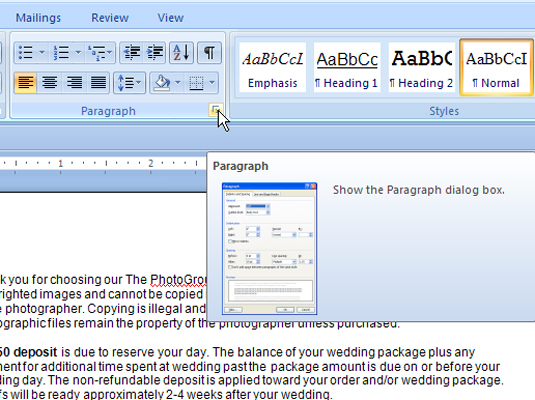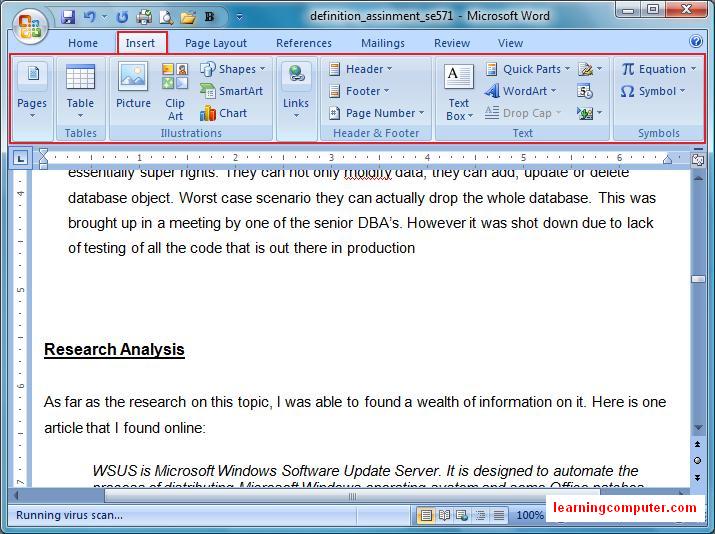

The following are the major steps for including a custom contextual tab in an add-in. Major steps for including a contextual tab in an add-in They are present only in Office documents on which your add-in is running.

The user experience for custom contextual tabs follows the pattern of built-in Office contextual tabs. (The technique of specifying the requirement sets in the manifest, which is also described in that article, does not currently work for RibbonApi 1.2.) Alternatively, you can implement an alternate UI experience when custom contextual tabs are not supported.
MS WORD TAB CODE
You can use the runtime checks in your code to test whether the user's host and platform combination supports these requirement sets as described in Specify Office applications and API requirements.
MS WORD TAB HOW TO
For more about requirement sets and how to work with them, see Specify Office applications and API requirements. We are passionate about bringing enterprise-level productivity, scalability, and security to small and medium businesses.Custom contextual tabs work only on platforms that support the following requirement sets. TechMD is an award-winning IT services firm that specializes in managed IT services in Orange County and Los Angeles, managed cybersecurity, cloud solutions, and strategic IT consulting. Keep using this feature to help you with future projects and come back next week for more! About TechMD So now you have a way to consolidate all your favorite Word commands and tools in one place. Since this is a document we want to share, the email button is conveniently located in our tab, so the document can quickly be sent to our desired contacts.

When you’re all done, hit Ok, and you’ll find the new Collaboration Tab right in the ribbon bar. Once click a command, hit “Add” in the middle of the window to apply it to the newly made tab. The ones we’ll select here will help facilitate editing and sharing with others. From the Commands list, start selecting commands that best fit your particular objective or topic. Now we can begin selecting tools that will be housed in the Collaboration tool. Let’s call this one “Collaboration” as it will focus around sharing our document with others. Click the “New Tab” button to the right (1) and then hit “Rename” (2) right next to it to give it a title. This is where you’ll build your brand new tab. Then, the Customize Ribbon window will appear. A menu will appear, and you’ll want to hit “Customize the Ribbon”. The first step is to right-click anywhere in the Ribbon Bar. In today’s One-Minute Wednesday, we’re going to explore a feature in Microsoft Word that allows you to create custom tabs with specified tools to gain more control and efficiency in your document editing.


 0 kommentar(er)
0 kommentar(er)
